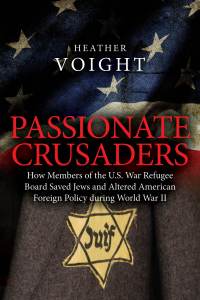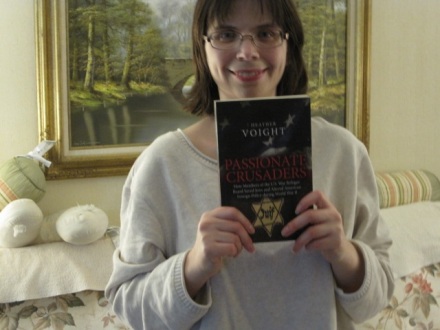When I read Julie Andrews’ second memoir Home Work I noticed that one of my favorite parts was the introduction, which caught readers up on what happened in her first book, Home. Home is definitely my favorite of the two. She makes you feel like you are experiencing the events of her life, such as living in London during the Blitz or being onstage, along with her. This book is so much more personal than the second one.

For example, whereas she says almost nothing about her costars in the second book, this one is filled with what it was really like to work with people like Rex Harrison in the play My Fair Lady and Richard Burton in Camelot.
Her funny stories about Rex Harrison make me want to buy the book (I borrowed a copy from my library), so I can reread them. During their rehearsals for My Fair Lady, Rex often criticized Julie’s lack of dramatic acting experience. On the night of the first preview, however, Rex insisted that he could not go onstage because he was terrified by having to sing in front of a large audience! Fortunately, Rex’s agent persuaded him that it would be disastrous for his career if Rex didn’t go onstage. Julie also did everything possible to encourage him since she had much more experience singing to live audiences.
In contrast to its humorous moments, the book also details the difficulties Julie overcame during her childhood. Her parents divorced and she lived with her mother and her stepfather. Young Julie missed her dad very much. Her stepfather’s and eventually her mother’s alcoholism made family life unbearable at times. The one thing the world can be grateful to her stepfather for, however, is that he procured singing lessons for Julie.
Home will make you laugh and cry. If like me you only read her most recent book, or if you’re a Julie Andrews fan, be sure to pick this one up.
Trigger warnings for: family members with alcoholism, child neglect/mistreatment and a couple of incidents in which her stepfather is sexually inappropriate with her.











